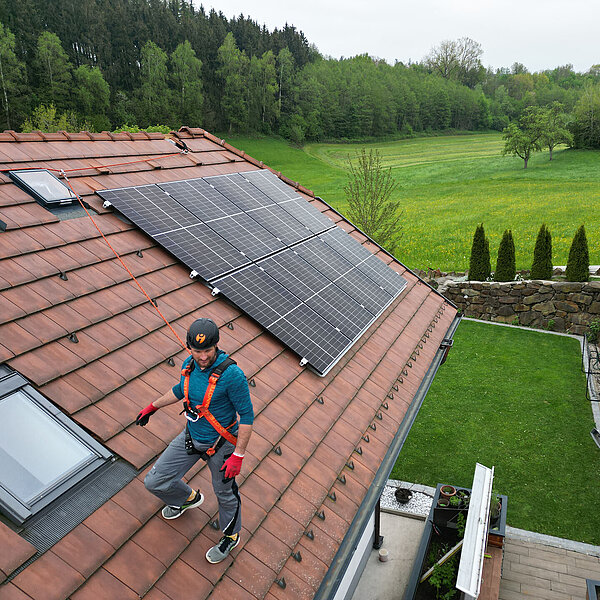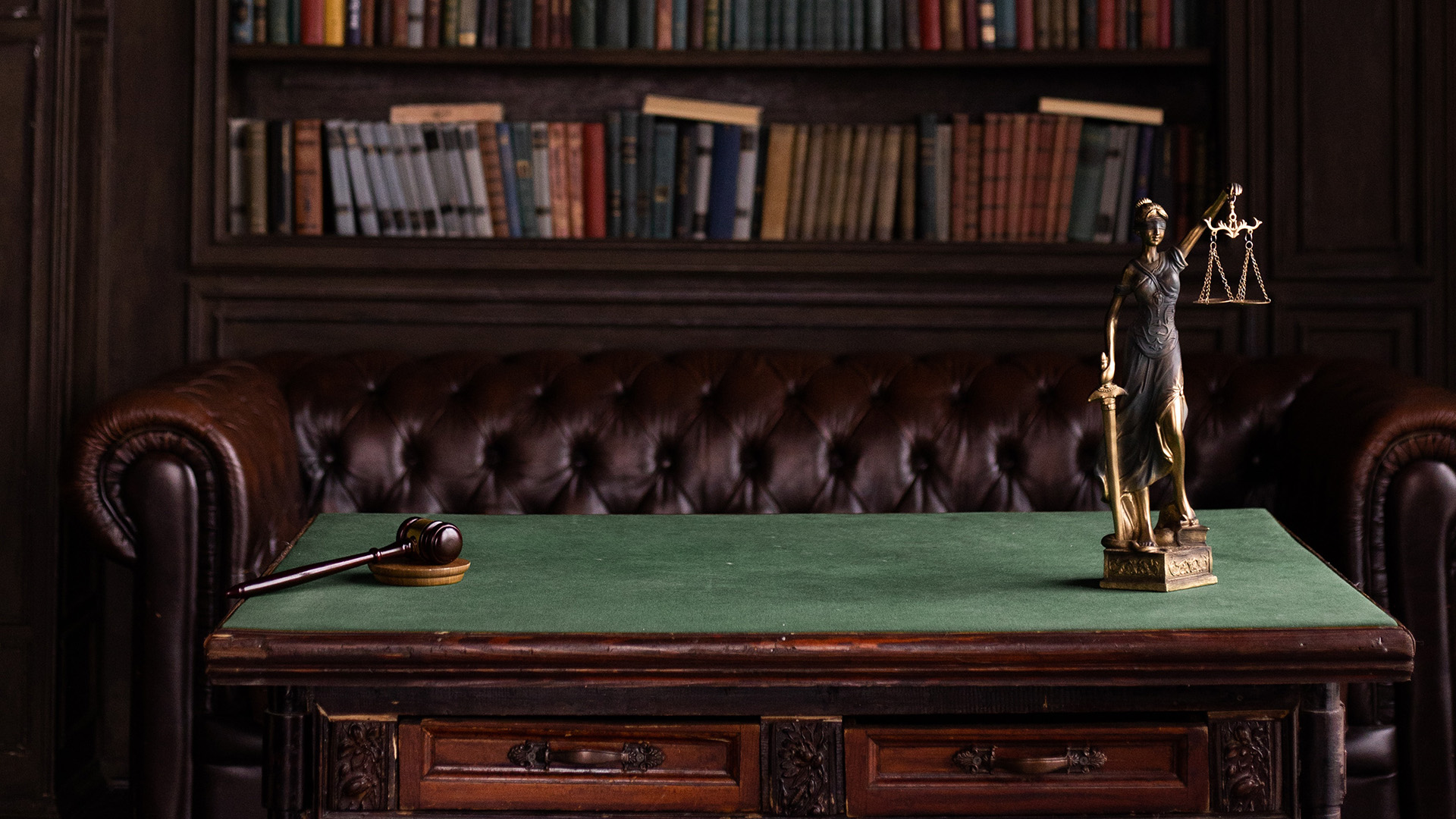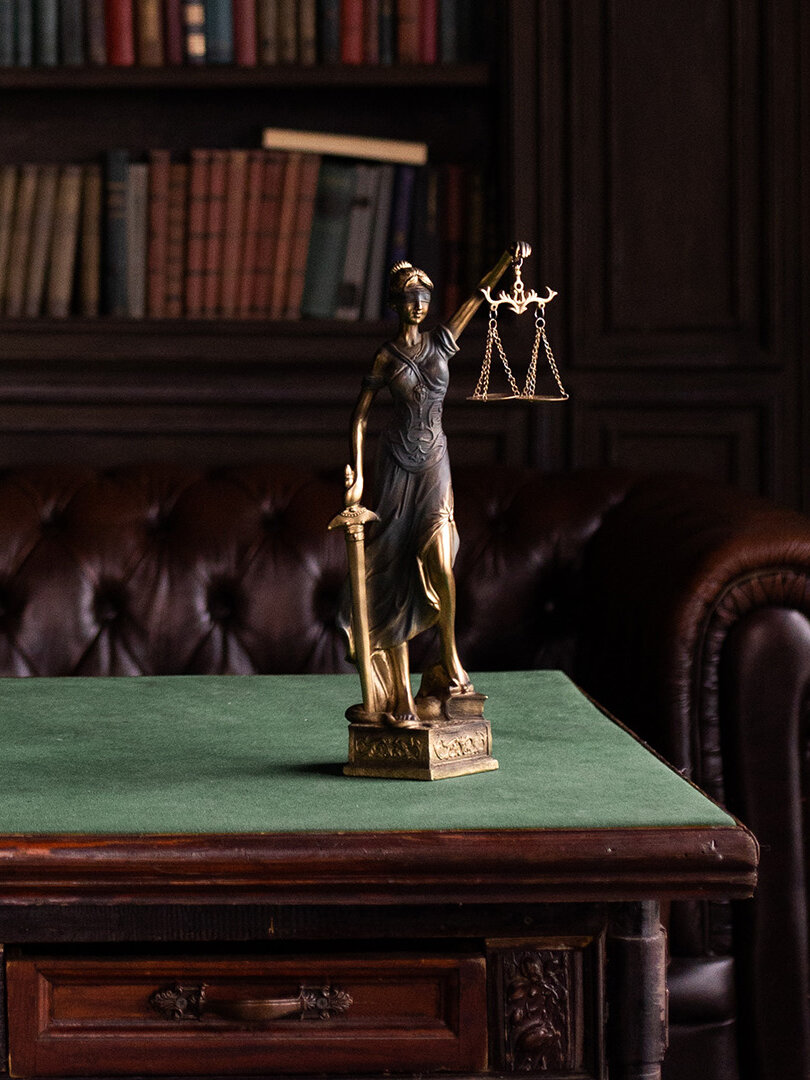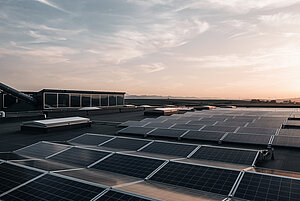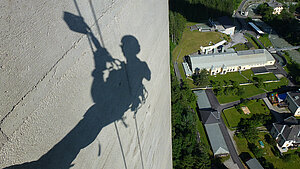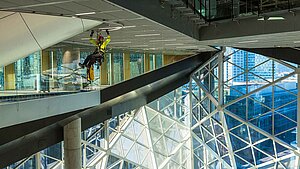From industrial protection to the legal bases of fall protection
Before grappling with the legal bases of fall protection systems, it is important to consider industrial protection in general, because employers have the basic obligation to use appropriate measures to protect their employees from all workplace dangers. These also include protection from falls. However, the responsibility for safety rests not only with the employer, but also with the employee herself/himself. The employee must comply with the specified safety measures, and must make no unauthorised decisions which could risk his/her own safety or that of others. From a legal viewpoint therefore, fall protection lies within the responsibility of both the employer and the worker.
The legal bases for fall protection systems are specified in various laws and regulations, depending on the country. A precise knowledge of these regulations is essential for everyone involved, in order to ensure the safety of the working environment and to prevent accidents.
Fall protection regulations and rules within the EU
For industrial protection, and therefore also for fall protection, the European Union has enacted many regulations and directives for its member states. Each country in turn derives its own laws from these regulations and directives. This explains why the country-specific rules for fall protection in the EU are very similar.
The framework directive of the EU on safety and health at work, 89/391/EEC , deals with “the introduction of measures to encourage improvements in the safety and health of workers at work”. This description clearly demonstrates that the safety of the operators is at the forefront. In the DACH region the following fundamental laws were partially developed from this directive:
Legislative decrees and autonomous legal systems
After the EU directives and the laws of the individual countries come so-called legislative decrees. In the DACH region this mainly applies to the use of personal protective equipment, industrial safety, and building regulations. In this regard it should be mentioned that – as stated above – the contents of the regulations cover these requirements in broad terms, but the details are often located in other legal texts. For example, in Austria details about working on roofs are found in the building regulation, but in Germany these are found in the DGUV requirements. Regulations which it is essential to know include:
- PSA-V and BauV (Austria)
- BetrSichV and DGUV requirements (Germany)
- BauAV (Switzerland)
It is somewhat simpler for fall protection system users and for employees, because the national laws and regulations derive from EU law. For example, if the basics of the use of personal protective equipment in Austria are known, then in Germany too one is well on the way in legal terms.
Non-legislative regulations and standard designations
Finally, non-legislative regulations, such as standards and technical guidelines are also of importance - even if they appear only further down in the legal hierarchy. In Austria, the information sheets of the accident insurance institution (AUVA) fall into this class. They are made available by AUVA for management and employees.
International (ISO) and European standards (EN) are often implemented as their national equivalents. For example, this results in the Austrian ÖNORM EN 365 for the labelling of PPE, which was derived from the European standard EN 365.
Standards are principally aimed at the manufacturers of safety products. However, if a product comes with a standards label, then the user can assume that it fulfils all current safety demands, and therefore all legal requirements. Therefore, as a user always ensure that your equipment has the correct standards labelling.
What employers have to know
Because the employer is responsible for the safety of employees, it is necessary to become rather more familiar with the legal situation and the laws. There should therefore be no delay in obtaining advice from appropriate experts and the statutory accident insurance institutions (AUVA, DGUV, and SUVA) in order to create a risk assessment, before sending the employees to their workplace.
With a watertight safety concept in hand, employers ensure a safe working environment and compliance with the legal principles. Not only should the STOP principle be applied in companies, it should be lived.
Regardless of this, employers whose employees work with a fall protection system should know and comply with the following legal texts:
- In Austria: the employee protection law (ASchG), the construction workers protection regulation(BauV) and the PPE regulation(PSA-V).
- In Germany: the industrial protection law(ArbSchG) and the DGUV(German Social Accident Insurance) requirements.
- In Switzerland: the law on accident insurance(UVG) and the employment law(ArG)
The workplace risk assessment is a measure to fulfil the legal regulations, as well as the basis for selecting the correct fall protection.
Other countries, other customs?
Fall protection is not necessarily the same internationally. In other countries, different regulations and standards often apply to the use of a fall protection system. For example, the “OSHA Standards” apply in the USA. These impose special requirements on fall protection systems. In contrast, in Europe the European standard EN 795 defines uniform requirements for fall protection systems. In international projects, it is therefore important to become familiar and comply with the respective regulations, in order to prevent accidents and fulfil legal requirements. It should also be noted that in some countries the enforcement of the regulations is less strict than in others, which makes it all the more important to ensure a safe working environment.
